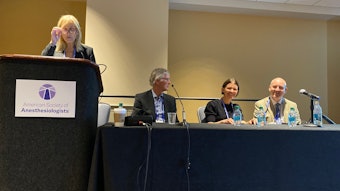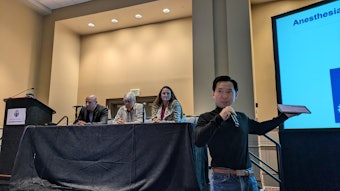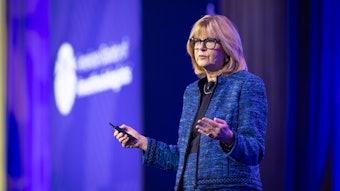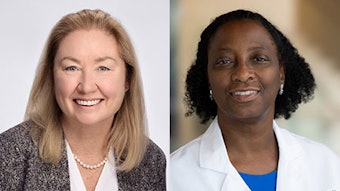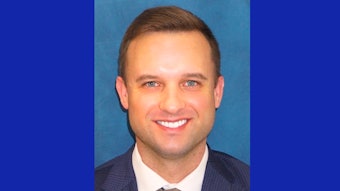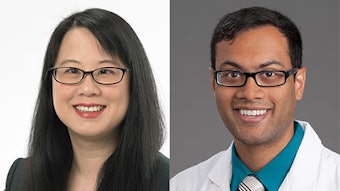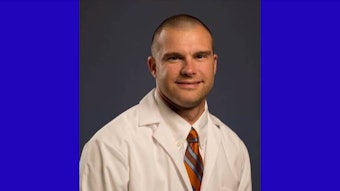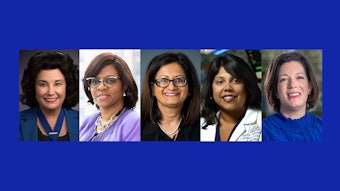Learning from mistakes
Can medical accidents be tools for progress?
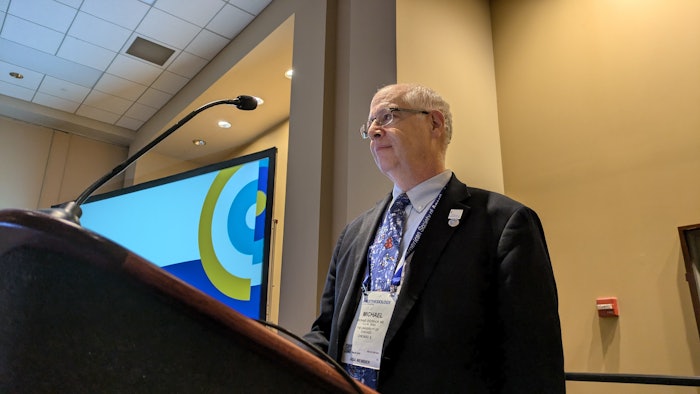
For years, the prevailing wisdom in the medical community has been that medical accidents contribute to approximately 100,000 deaths each year. Michael O’Connor, MD, FCCM, FASA, Professor of Anesthesiology at the University of Chicago, said those numbers came from two different studies in 1984 and 1992. More recent studies put the actual figure closer to 20,000 to 25,000.
Speaking in a 2024 Refresher Course Lecture, “Understanding Medical Accidents: What Have We Learned and Failed to Learn Over 20 Years?” Dr. O’Connor said that whatever the actual number is, it’s beside the point because it’s going to go up.
“As we have more success treating people with chronic diseases, people are going to have more contact with the health care system such that their chances of dying from a failure related to health care have to increase,” he said.
The real issue, Dr. O’Connor explained, is the existing methods for dealing with medical accidents don’t always address the root causes, instead focusing on things like human error.
“Generally speaking, when failures happen in the world, human error is the common explanation,” he said. “Eighty-five percent of the time supposed experts interviewed in the media, politicians, and regulators will say the problem here is people. If we could just fix the people, the problems would go away. The human error model is both wrong and politically motivated.”
He outlined what he called the Sharp End model, which is an inverted pyramid with the institutions and their policies, procedures, and regulations on the wide end at the top. Those are filtered down through resources and constraints on those resources in the middle and often end up in the lap of the practitioner at the “sharp end” in the form of heavily monitored processes.
In many health care institutions, Dr. O’Connor said the blame for human error often lands at the feet of these so-called “sharp end practitioners,” including anesthesiologists. He said many of the accident-mitigating processes used today don’t factor in that hospitals operate in a world that is extraordinarily complex.
“Nobody’s hospital ever has 100% of its equipment working, nobody’s hospital ever has 100% workers on site, nobody’s ever got 100% of their game, nobody’s supply cabinets are ever fully stocked,” he said. “And basically, every day in every complex, people look at what’s available and say, you know, I’m going to make this work. And part of your expertise is finding a way to get it done.”
One practice that Dr. O’Connor called outdated is the surgical safety checklist. He shared data from several studies indicating that these checklists do not improve outcomes, yet they are still being used in hospitals around the country.
“One of the other failures we’ve had in patient safety in the last 20 years is that we’ve failed to learn from our failures,” he said. “We’re still doing this even though we can prove that it doesn’t change anything.”
Dr. O’Connor said accident safety is kind of a paradox because good outcomes come from experience and experience comes from bad outcomes.
“And so, if you don’t keep the people around who have had bad outcomes, your organization will never learn from them,” he said. “It’s important to embrace people. So, when bad things happen, give people the enormous resources of your institution. We have still not learned what an appropriate response to an accident looks like. We still offer policy, we still do training, we still do certification, we still burden people with documentation.”
Instead, Dr. O’Connor said institutions should listen to those who work at the sharp end of the pyramid and deal with risk every day.
“It’s extraordinarily helpful to talk about risk and have explicit conversations about the risk you’re taking and admit that you’re doing it,” he said. “The second thing is to listen to your ‘sharp end practitioners’ when they say, you know, this isn’t a good idea.”
